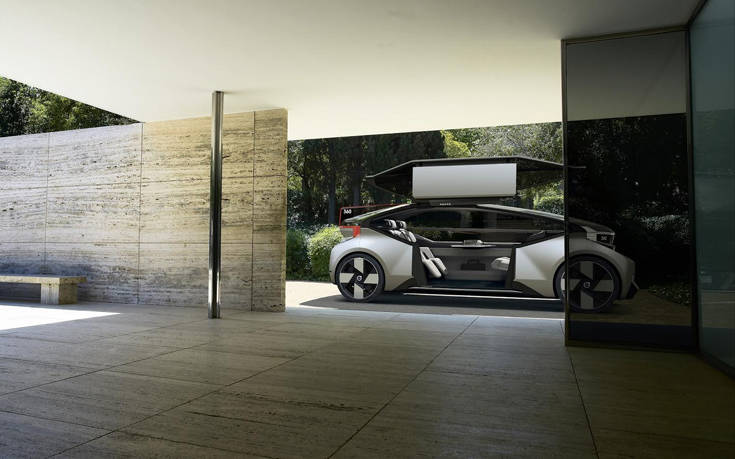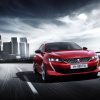Imagine a world where you could travel long distances without the hassle of airports, security checks, endless hours of waiting, crowded queues and noisy, gloomy cabins.
This is exactly the vision for the future of autonomous travel, revealed by Volvo with the 360c concept, a future autonomous, electric, connected and safe. The base for the 360c is a fully autonomous, fully human-driven electric car.
The prototype takes full advantage of the design freedom created by the absence of a steering wheel and internal combustion engine, which enables the implementation of new ideas for the arrangement of passenger seats in rows of two or three. The 360c presents four possible uses of autonomous vehicles (a sleeping environment, a mobile office, a seating area and an entertainment area) which together are new ideas for the way people travel.
The 360c can be a lucrative competitor in short-haul flights, a multi-billion dollar industry. Especially the shortest routes, where the distance between the starting point and the destination is about 300 kilometers, is a field that is a candidate for revolutionary changes thanks to this alternative way of traveling.
For example, on several congested flights within the United States, such as the New York-Washington route, air travel is estimated to be more time consuming than car travel, taking into account factors such as the route to the airport, the controls security and waiting times. An autonomous vehicle that picks up the passenger from his home for a door-to-door journey would also be an attractive option compared to other means of public transport, such as bus and train.
Proposal for a global safety standard
The 360c also opens up a discussion of the great opportunities created by autonomous driving technology in road safety, leading to significant improvements, similar to Volvo's invention of the three-point seat belt in 1959.
With this prototype, the Swedish brand proposes a new global standard for how autonomous vehicles can communicate safely with other road users. As autonomous technology is gradually implemented, fully autonomous driverless vehicles will move in a mixed environment, where they will share the road with users of conventional vehicles. In these traffic conditions, where there will be no visual contact between the drivers, so that they can express their intentions to each other, it is very important how the vehicles will communicate with each other.
During the development of the 360c, security engineers met this challenge by equipping the prototype with a system that includes external sounds, colors, visual aids and a combination of all of the above, so that the car communicates its intentions to other road users. The company believes that this method should be a standard for all manufacturers of autonomous vehicles, so that all road users can easily communicate with autonomous vehicles.
In addition, Volvo experts have looked at how different passenger seats can affect safety. When the 360c acts as a sleeping environment, a special safety blanket acts as a future fastening system that works like a three-point seat belt, except that it adapts to people traveling lying down.
Ideas for the balance of work and leisure
360c is a first, fully conscious step towards a broader discussion about the potential of autonomous driving technology to radically change society in many ways. Autonomous driving makes it possible to implement many scenarios that improve the future of transportation and people's lives, transforming the unproductive or boring travel time into useful and enjoyable minutes or hours on the road. An autonomous vehicle that has the ability to function as an office environment can be offered on a subscription basis or provided by the employer to employees.
Fully autonomous and electric mobility also offers environmental benefits, such as less pollution and reduced traffic congestion, but also better health and an improved lifestyle for those living in cities. It creates new possibilities in the choice of housing, something that can decompress the prices of real estate and make the acquisition of a house more affordable. Increasing productive travel time will make people less dependent on the proximity of their place of residence to their place of work.







